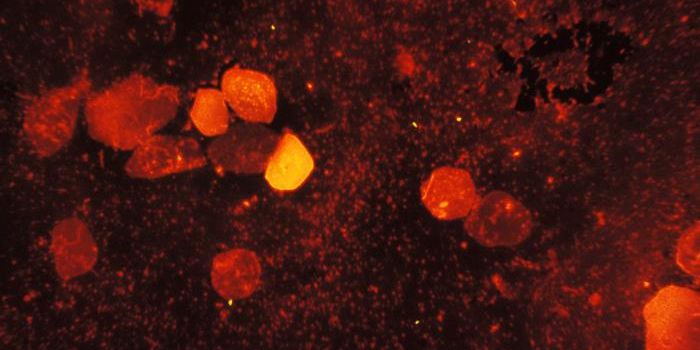Designer drugs are synthetic analogs of prohibited substances such as cocaine and LSD made in clandestine laboratories and devised to circumvent legislative bans against such narcotics. Synthetic cannabinoids, for instance, are rapidly metabolized once taken by a user and are not detectable using standard urine testing protocols.
In a new study, researchers have turned to science for solutions to support the surveillance of designer drug abuse in the community. Pharmacy experts have come up with a panel of four novel urine biomarkers that can be used by testing agencies to alert to the consumption of ADB-BUTINACA, an emerging synthetic psychoactive substance.
Up to now, forensics specialists have been challenged by the steady emergence of novel synthetic cannabinoids such as ADB-BUTINACA, a molecule first identified in Europe around 2019 that is known to cause psychoactive effects similar to delta-9-tetrahydrocannabinol (THC), the active ingredient in marijuana. Conventional methods of detecting ADB-BUTINACA use are relatively laborious and time-consuming compared to other drug-testing methods.
The research team hypothesized that identifying signature metabolites of the synthetic cannabinoid in urine samples using established drug metabolism and pharmacokinetics principles may offer a solution. The team created a library of the primary ADB-BUTINACA metabolites in the laboratory to test their theory, using human liver enzymes. Their analysis revealed 15 key ADB-BUTINACA metabolites produced in the body and excreted in the urine, four of which represent biomarkers to diagnose the consumption of the drug.
Follow-up studies are zeroing in on the biological mechanisms governing the kidneys' excretion of these novel metabolites to further fine-tune a potential urine test for ADB-BUTINACA.









